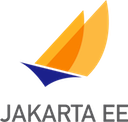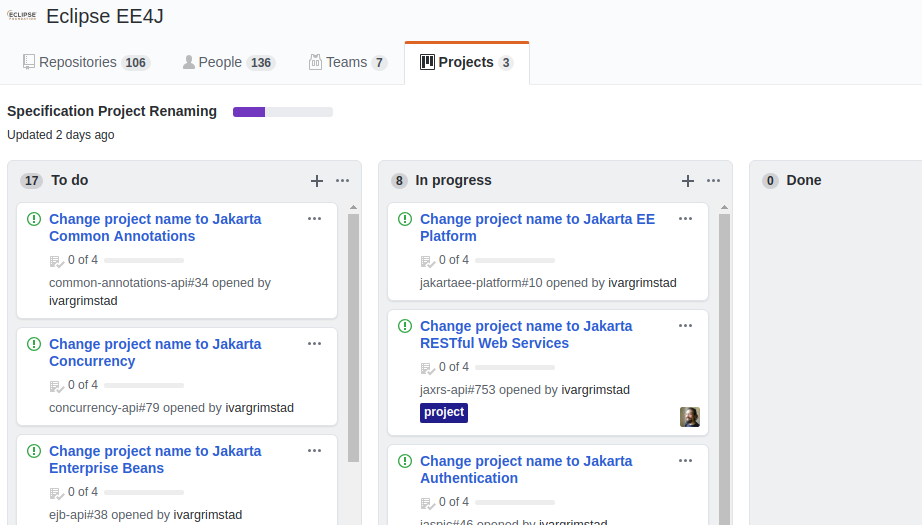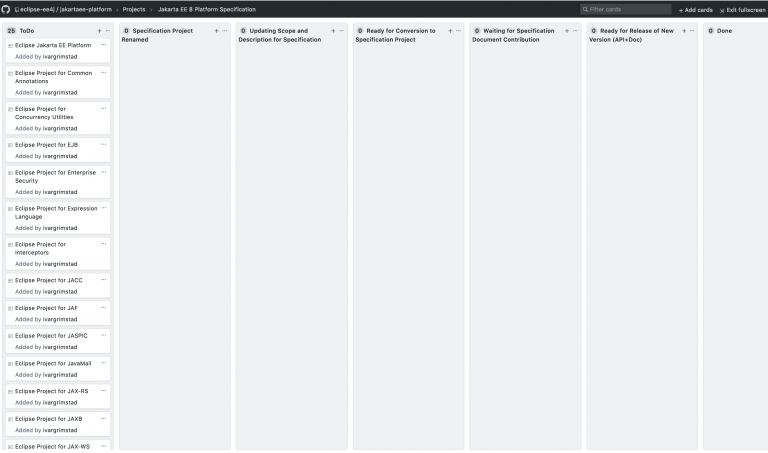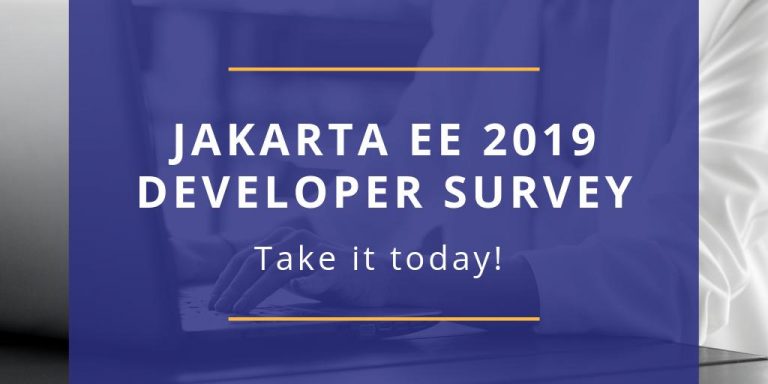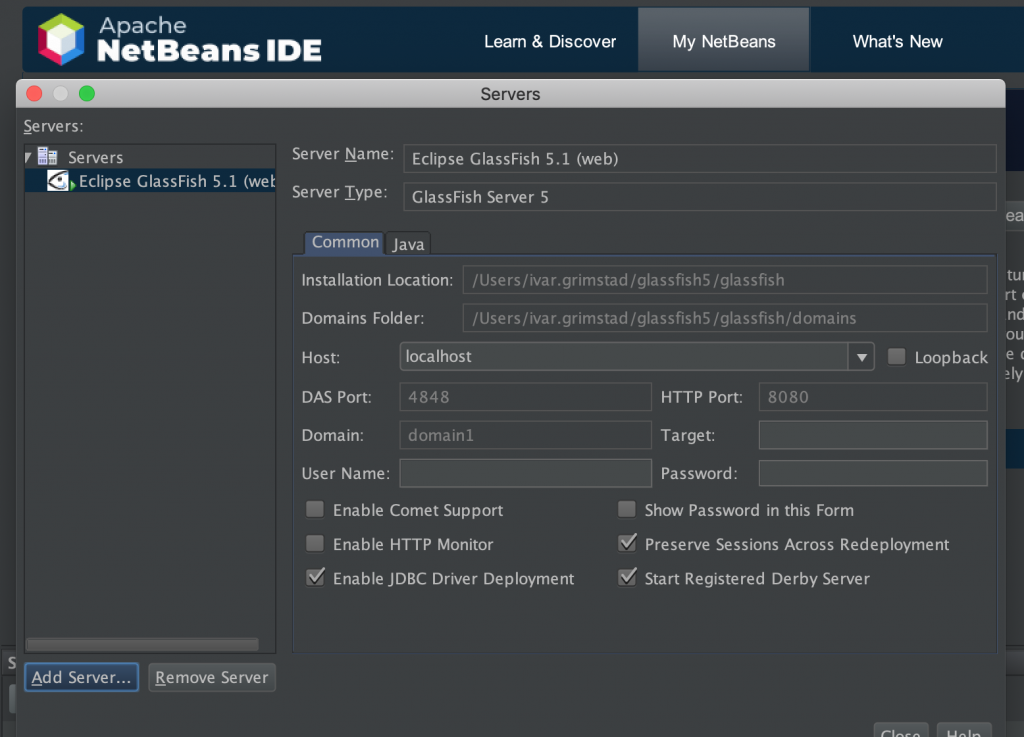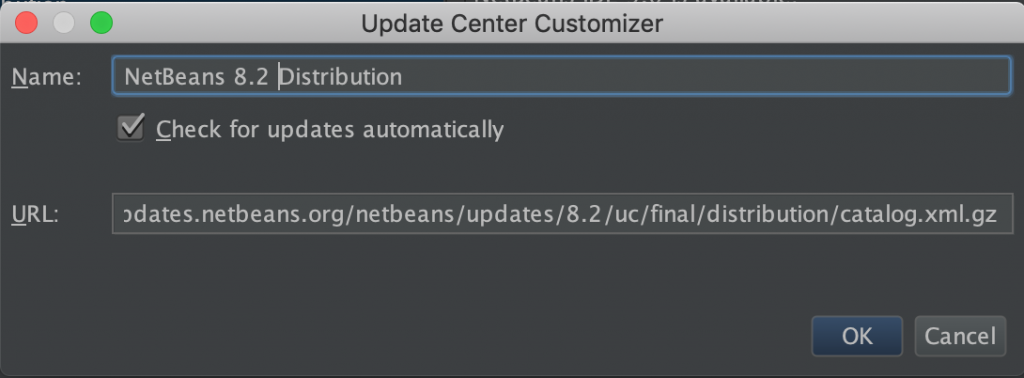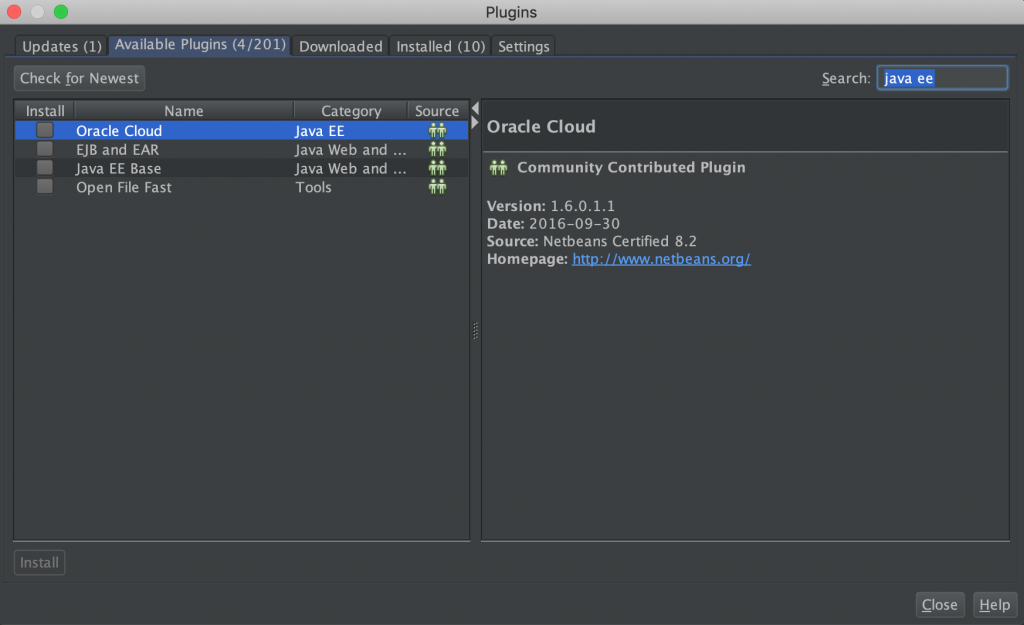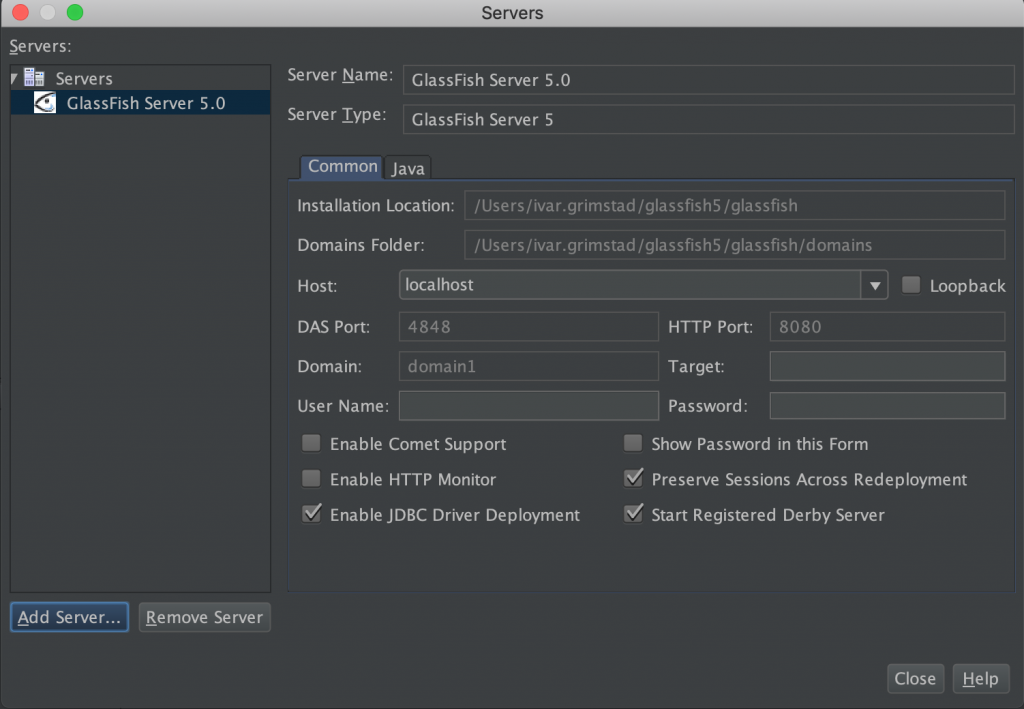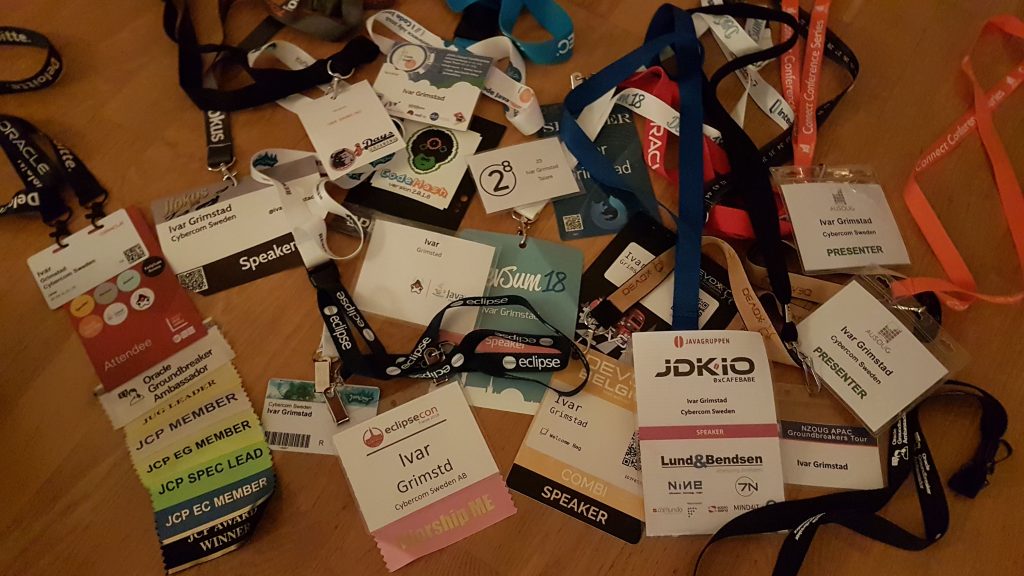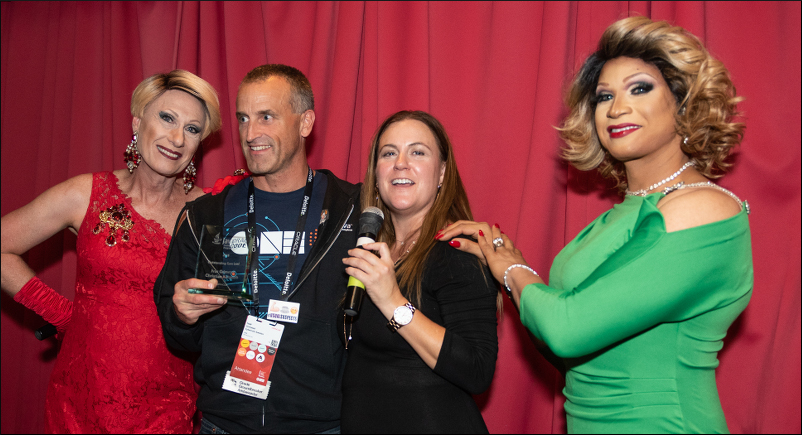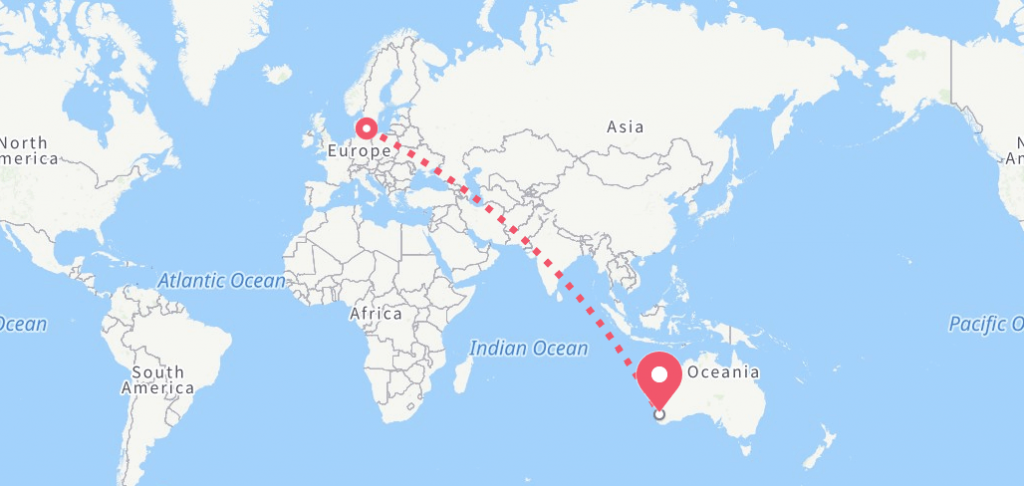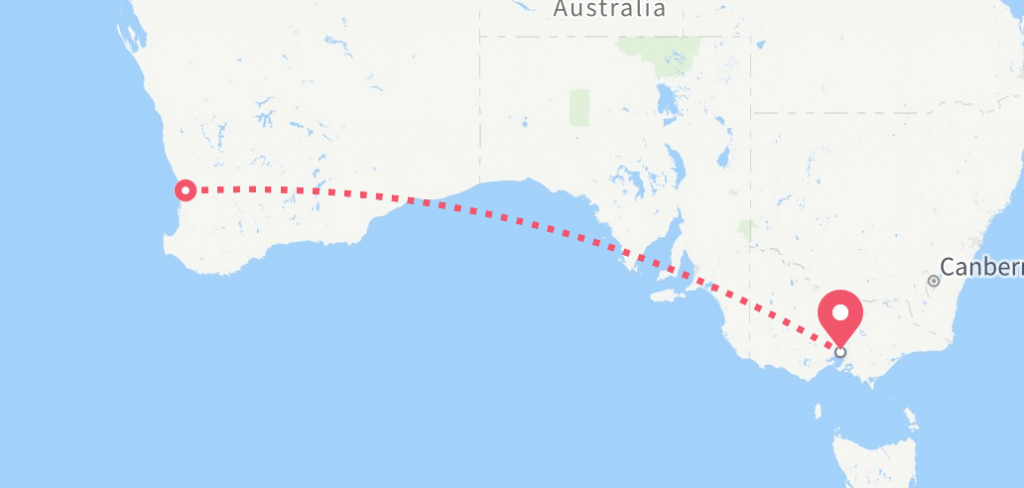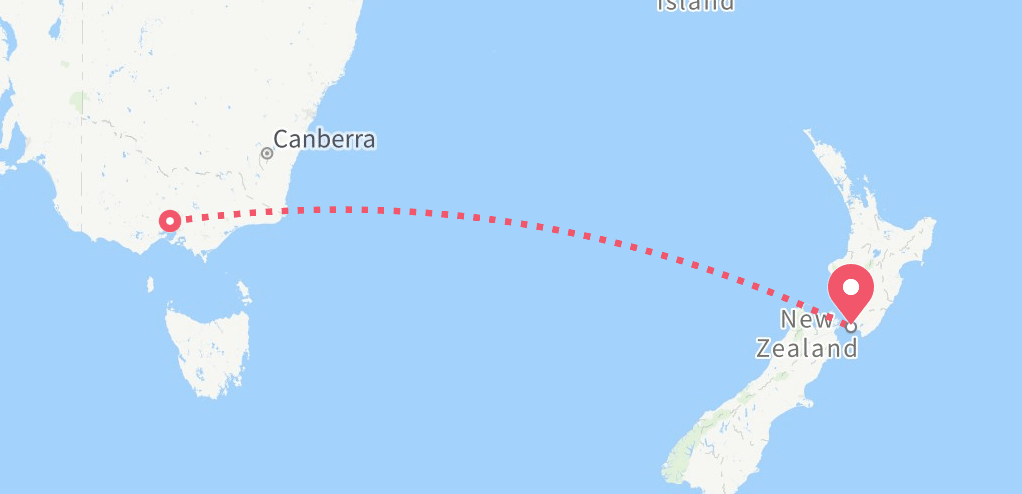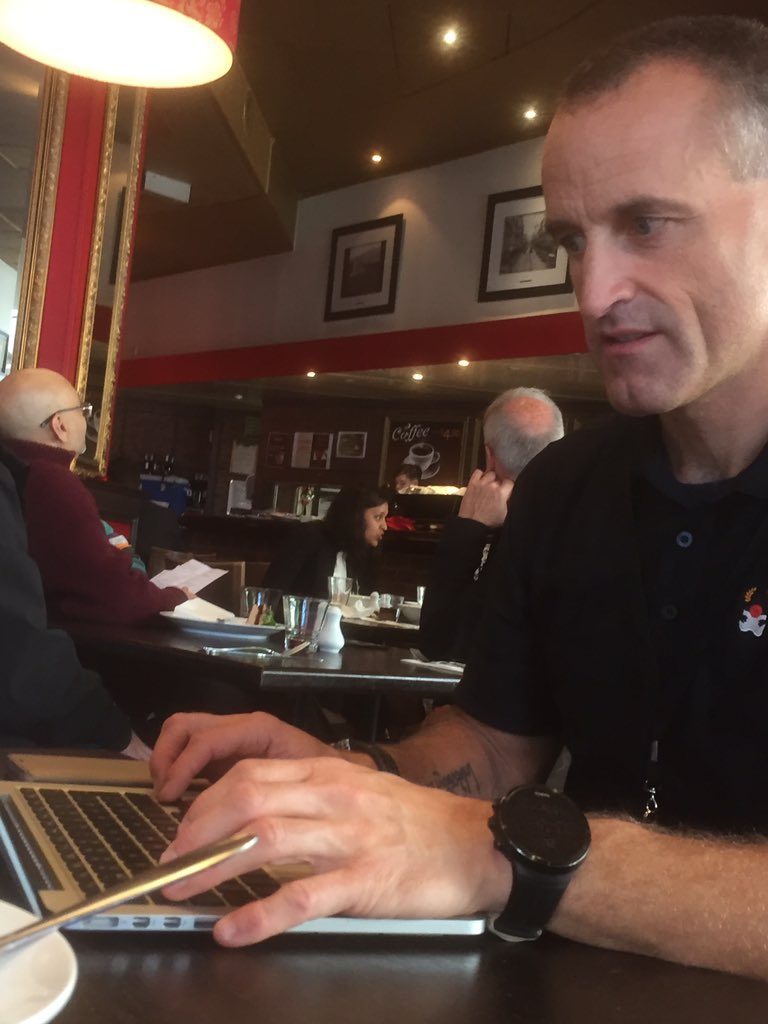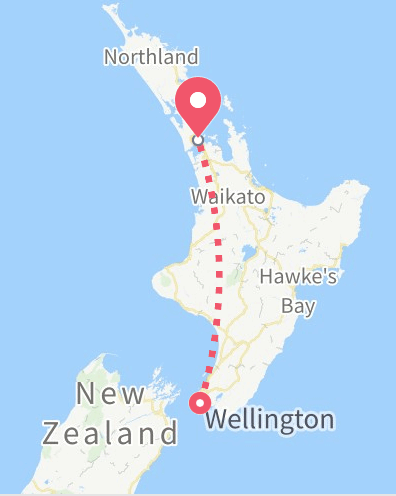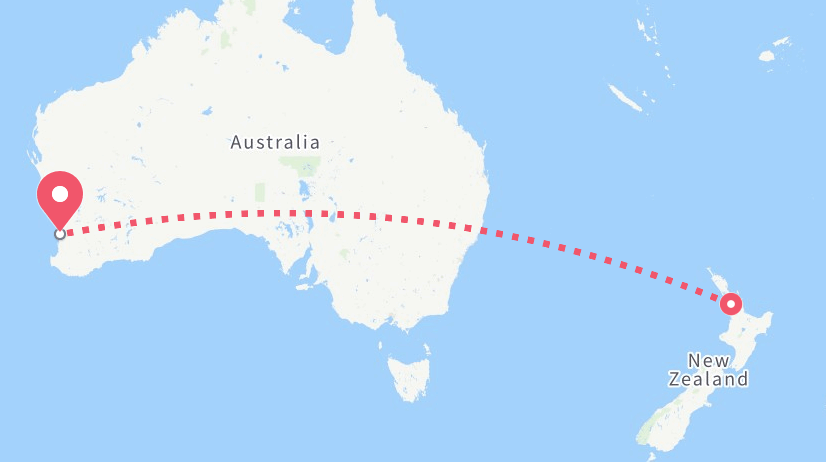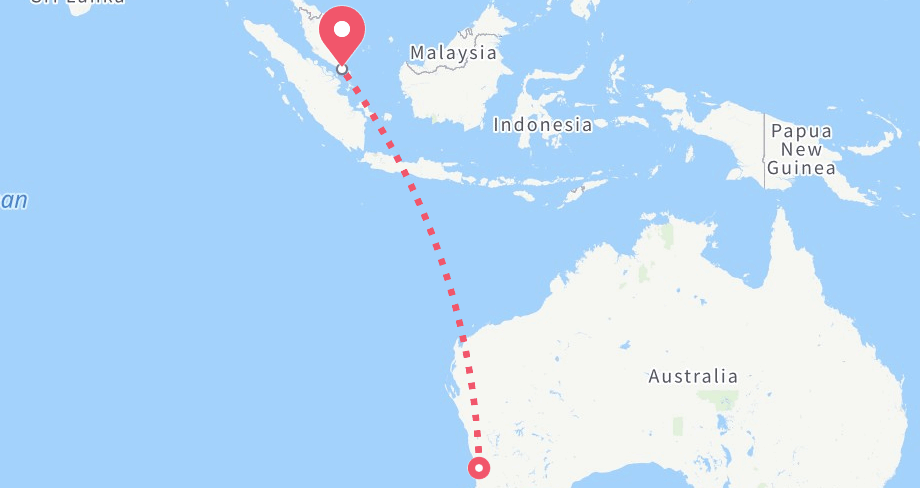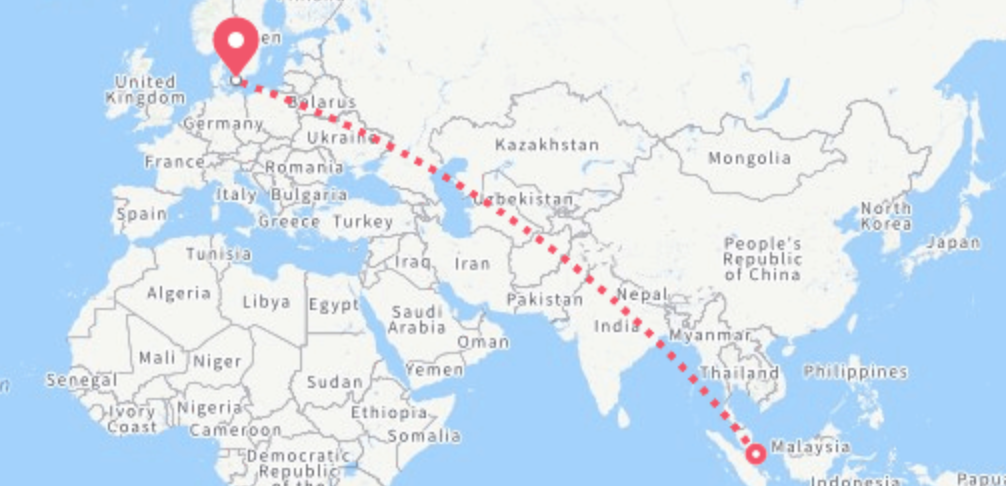As described in Jakarta Going Forward, we need to transition the Jakarta EE specifications to the jakarta.* namespace/base package. After long and intense discussions in the Jakarta EE Specification, we have proposed two possible ways forward to kick-start the discussions on this thread.
In this post, I am highlighting some of the content of the initial post to the mailing list for reference.
Proposal 1: Big-bang Jakarta EE 9, Jakarta EE 10 New Features
The heart of this proposal is to do a one-time move of API source from the
https://www.eclipse.org/lists/jakartaee-platform-dev/msg00029.htmljavax.*namespace to thejakarta.*namespace with the primary goal of not prolonging industry cost and pain associated with the transition.
Proposal 2: Incremental Change in Jakarta EE 9 and beyond
Evolve API source from
https://www.eclipse.org/lists/jakartaee-platform-dev/msg00029.htmljavax.*to thejakarta.*namespace over time on an as-needed basis. The most active specifications would immediately move in Jakarta EE 9. Every Jakarta EE release, starting with version 10 and beyond may involve somejavax.*tojakarta.*namespace transition.
Other Proposals
Other proposals should incorporate the following considerations and goals:
The new namespace will be
jakarta.*APIs moved to the
jakarta.*namespace maintain class names and method signatures compatible with equivalent class names and method signatures in thejavax.*namespace.Even a small maintenance change to an API would require a
javax.*tojakarta.*change of that entire specification. Examples include:
– Adding a value to an enum
– Overriding/adding a method signature
– Adding default methods in interfaces
– Compensating for Java language changesBinary compatibility for existing applications in the
javax.*namespace is an agreed goal by the majority of existing vendors in the Jakarta EE Working Group and would be a priority in their products. However, there is a strong desire not to deter new implementers of thejakarta.*namespace from entering the ecosystem by requiring they also implement an equivalentjavax.*legacy API.There is no intention to change Jakarta EE 8 goals or timeline.
Community discussion on how to transition to the
https://www.eclipse.org/lists/jakartaee-platform-dev/msg00029.htmljakarta.*namespace will conclude Sunday, June 9th, 2019.
Contribute
There are already a lot of contributions and lively discussions going on. Please make sure you join the Jakarta EE Platform Developer Discussions mailing list https://accounts.eclipse.org/mailing-list/jakartaee-platform-dev to take part in the conversation. At the time of writing this post, the number of subscribers to the list has more than doubled! Another proof of the passion and commitment in the Jakarta EE community!
